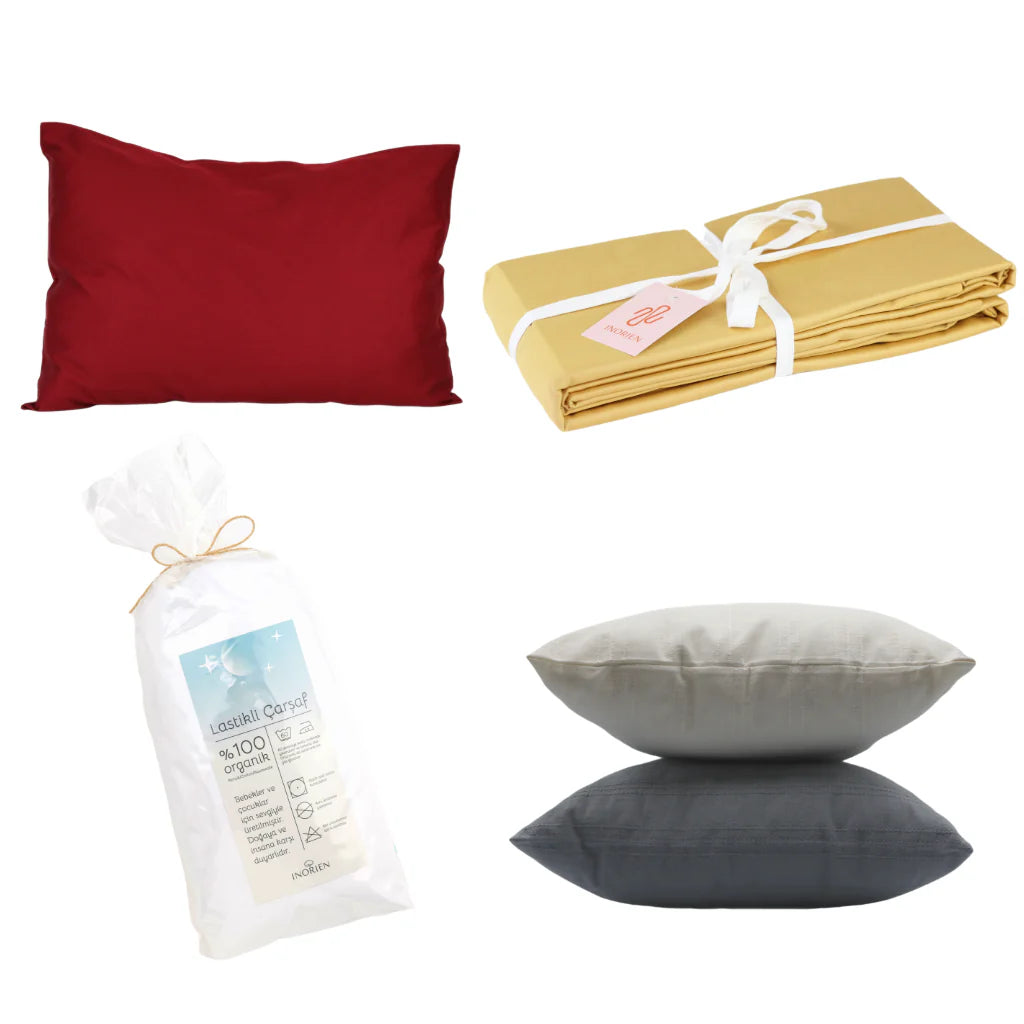We are going through a period where natural resources, especially water, are insufficient to meet the growing global population. Uncontrolled irrigation, pollution from single-use products, and reckless consumption threaten the livability of our world. While taking collective action isn't always easy, the impact of civic initiatives shouldn't be underestimated. At this point, sustainability isn't just a trend; it could be the key to a more conscious and peaceful life.
In this article, we'll share tips for a sustainable approach to choosing and using textiles in your home. Your contributions and those of those around you could be the starting point for significant change.

1. Invest in Quality, Reduce Consumption
Just as fast fashion has taken over the clothing industry, fast-paced home textiles have filled our homes. Unfortunately, these items are often short-lived. The first step to a sustainable home is investing in products made from quality materials.
Why is it important? A quality product will withstand repeated washing and use. This means you'll shop less frequently and therefore lessen the environmental burden. Certified products made from natural fibers are both longer-lasting and more environmentally friendly.
2. Choose Natural Materials
The textiles you use everywhere, from your bedroom to your bathroom, directly impact your health and environmental impact. By opting for natural fibers instead of synthetic materials like polyester, you can create a healthier living space and reduce your carbon footprint.
Why It's Important: Natural materials (organic cotton, linen, bamboo, etc.) are breathable, skin-friendly, and biodegradable. The products on our site , produced using organic processes , ensure you're making the best choice for both you and the planet.
3. Perform Proper Maintenance to Extend Its Lifespan
Extending a product's lifespan is one of the most important steps toward sustainability. By properly caring for the products you use, you can preserve their beauty and durability. Harsh cleaning chemicals, in particular, can shorten the lifespan of products while making our lives easier.
Why It's Important: Instead of frequently buying new items, taking good care of existing ones helps prevent unnecessary waste. Simple steps like following label washing instructions, using mild detergents, and washing at low temperatures make a big difference.
4. Choose Multipurpose and Timeless Pieces
When shopping for home textiles, choose pieces that will last and complement different decor styles. For example, a blanket in a neutral color can double as a bedspread and a throw.
Why It's Important: Multipurpose, timeless products eliminate the need to redecorate your home over and over again, allowing you to achieve greater variety with fewer items.
5. Renew the Old with Creative Ideas
Got an old sheet? You can turn it into a shopping bag or make cloth covers for your household items. An old towel can easily be turned into a cleaning cloth. You can turn this into both a hobby and a fun way to spend time with your kids.
Why It's Important: Giving new life to unused products, rather than throwing them away, is the foundation of a zero-waste lifestyle. Turning this into an activity is a valuable example for children.

Creating a sustainable home starts with small steps. Remember, every conscious choice you make makes both your living space and the world a better place. Start this journey by browsing our collection and make a difference in your home!




0 comments